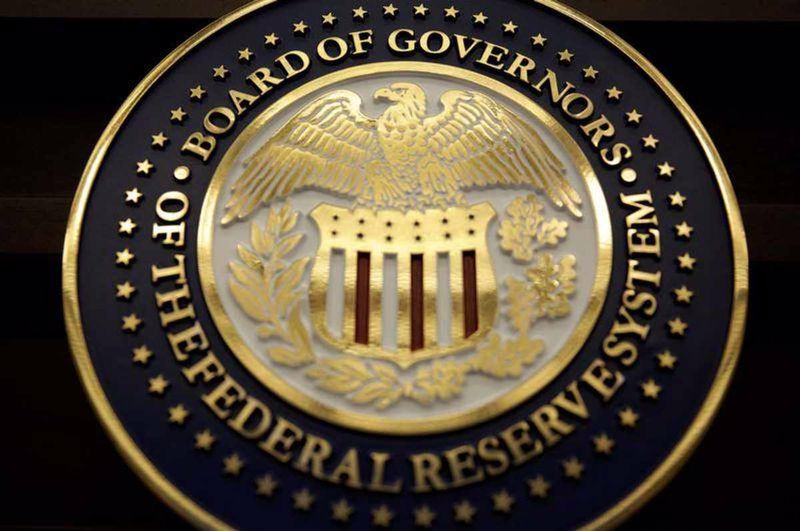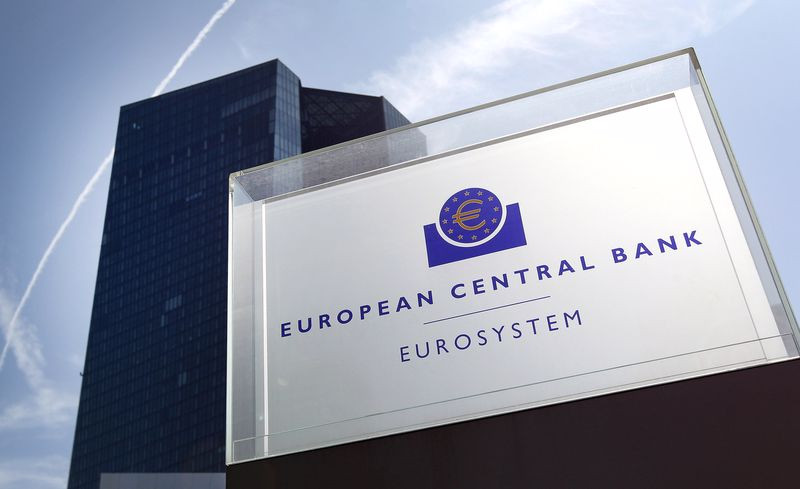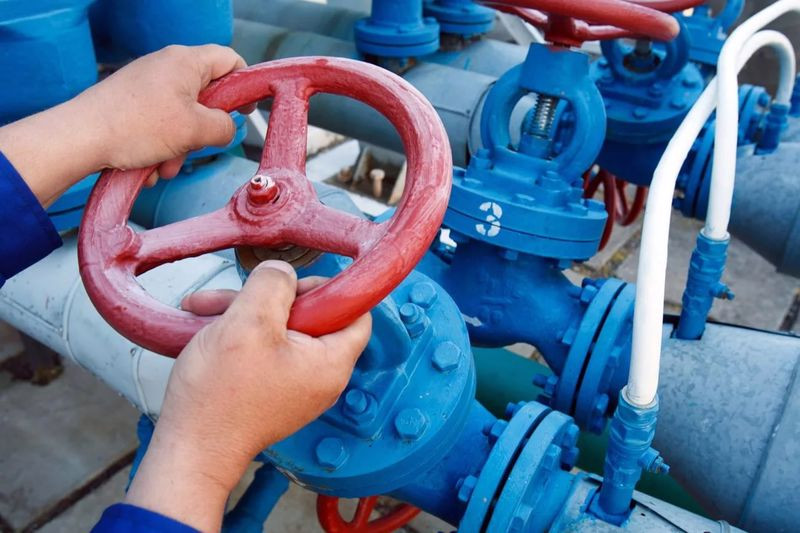
While global markets are getting hot and cold, the greenback does not stop updating multi-year peaks.
The US currency rose by more than 4% in April and is on track for its best month since January 2015.
The dollar remains the main beneficiary of market turbulence, while other safe havens, including gold, do not work as effectively.
The precious metal rose in price by 0.4% on Tuesday, but its quotes are staying near the lowest level since February.
Meanwhile, the greenback strengthened by 0.8% against its main competitors and ended yesterday's trading near 102.30, which is the highest since March 2020.
The latest statistical data for the United States turned out to be worse than forecasts, but this did not bother the dollar bulls at all, who expect that the Federal Reserve will not retreat from its plans to tighten monetary policy.
According to the Conference Board, the US consumer confidence index sank to 107.3 points in April from 107.6 points recorded in March, against the expected increase to 108 points.
A separate report showed that sales of new homes in the country fell by 8.6% in March compared to the previous month and reached 763,000 in terms of annual rates. The indicator decreased for the third consecutive month. Experts on average predicted a decrease in sales of new buildings last month to 765,000.
These reports contributed to the fall of key Wall Street indices on Tuesday. In particular, the Nasdaq fell by 4%, having experienced the worst session since February 3 after, a day earlier, it distinguished itself by the highest rise in almost a week, increasing by 1.3%.The day before, investors analyzed a fresh batch of corporate reports, but even positive data did not help reverse the negative dynamics of stocks.
"The revenues in general were pretty good. But it didn't really make much difference to the overall stock history. We are mainly talking about the Fed and other central banks, as well as China and COVID-19," Baird strategists said.
The VIX index, also known as the Wall Street fear indicator, rose above 33.50 points on Tuesday, reaching the highest levels since the beginning of March.

A new wave of COVID-19 in China and strict restrictions imposed in the country to combat the virus have increased investors' concern about the prospects for the global economy.
In addition, tough anti-bullying measures in China, along with Western sanctions against Russia, can cause serious disruptions in the supply chains between Asia, the United States and Europe, which will further exacerbate the problem of widespread inflation.
Concerns in this regard have served as a breeding ground for the rally of the US currency and exacerbated volatility in the markets in recent sessions.
Taking into account the fact that risky assets continue to show instability, and the markets have now made a decisive shift towards an accelerated cycle of tightening the Fed's policy, the dollar is likely to grow, according to ING analysts.
According to them, trying to form a peak in the dollar rally is a risky task.
"The cycle of tightening the Fed's policy is largely embedded in prices, but we certainly do not see a discrepancy between market expectations and the regulator's communication, which we observe in the case of other major central banks. Since the Fed has largely approved the hawkish market forecast, any risk associated with a significant dovish revision seems quite remote for the greenback," they noted.
The USD index can still break above two-year highs and settle above 103, ING predicts.
Expectations of further tightening of monetary policy in the United States contribute to the dollar's active growth. Traders are betting that interest rates in the country will rise faster than in any other major economy.
It is obvious that the Fed will act aggressively to regain control over inflation, which has already reached its highest values since December 1981.
It is assumed that the central bank will raise the key rate by 50 basis points in May, after which it will raise the rate by a similar amount in June and possibly in July. Then the Fed is likely to move to a less abrupt pace of rate hikes in increments of 25 bps. Money markets are now putting in quotes the probability that by the end of the year the federal funds rate will be in the range of 2.5%-2.75%.

The good news for the Fed in terms of fighting inflation is the absence of signs of growth in medium- and long-term inflation expectations. That is, consumers predict high inflation in the short term, but still believe that the Fed will be able to bring inflation under control.
Meanwhile, on the other side of the Atlantic, long-term inflation expectations are showing the first signs of exceeding the European Central Bank's 2% target.
This shift indicates a weakening of market confidence in the bank's ability to maintain price stability.
"I don't think that the anchoring has already happened, but there are risks. That's why I think a relatively early rate hike is necessary," ECB spokesman Martins Kazaks said on Tuesday.
"Whether it happens in July or September doesn't really matter, but I think July would be the best option," he said.
Kazaks noted that as part of the normalization of its policy, the ECB should eventually raise interest rates to a neutral level, which does not stimulate or restrain economic growth.
According to various estimates, this rate ranges from 1% to 1.5%, which is significantly higher than the current deposit rate -0.5% and the main refinancing rate, which is stuck at zero.
Kazaks has joined the growing chorus of ECB policymakers calling for a rapid abandonment of pandemic-era monetary stimulus."The blatant inability of the euro to strengthen on the hawkish comments of ECB members means continued vulnerability to the external environment, which is negatively affected by the constantly alarming situation in Ukraine and the general strengthening of the US dollar," ING strategists said.
Although raising rates in the eurozone is necessary to curb inflation, the currency bloc is threatened by the energy crisis and the negative consequences of the slowdown in China's economic growth caused by lockdowns.
The single currency fell against the greenback by 4.7% in April and is approaching the worst monthly drop in more than seven years.

The euro may continue to decline against the US dollar, as the ECB faces the risk of stagflation, characterized by a slowdown in economic growth at high rates of inflation, Commerzbank analysts believe, who predict that the EUR/USD pair may reach parity if Russian gas supplies to Europe stop on a large scale.
"If Russian gas supplies to Europe stop on a large scale, the eurozone will be at risk of recession. The situation will become more interesting, because then the ECB will be in a much more uncomfortable position than it has been so far," the bank's analysts noted.According to them, it is still unclear whether the central bank will still be ready to raise the key rate taking into account the inflationary trend, or whether it will cancel the announced rate hike to ease the situation in the real economy.
"If the ECB cancels the announced rate hike, we will have a perfect storm for euro exchange rates: a recession that will affect only Europe, not the US and other economies, high inflation and a central bank that does not fight it, but keeps the interest rate in negative territory, while other central banks continue raise your key rates," Commerzbank strategists said.
"We have always said that the EUR/USD rate near parity is unlikely. However, the chances of implementing this scenario are growing in the light of the news flow described above. Therefore, it is not surprising that the main currency pair is trading at such low levels as it currently is," they added.
On Tuesday, Russia announced the complete suspension of gas supplies to Bulgaria and Poland due to their refusal to pay in rubles.The head of the European Commission, Ursula von der Leyen, said that the unilateral termination of gas supplies to consumers in Europe is unjustified and unacceptable.
"We are preparing a coordinated EU response," she said.
Meanwhile, the speaker of the Russian parliament Vyacheslav Volodin called on Moscow to suspend gas supplies to "unfriendly" countries.

The EUR/USD pair can reach parity against the background of an energy war, according to economists at MUFG Bank."Further reduction of supplies may lead to the fact that gas prices will double from yesterday's level to about 200 euros per MWh. An intensified reduction would have a significant negative impact on sentiment and would have additional negative consequences for the euro. It was difficult to imagine the achievement of parity by the EUR/USD pair and its possible violation just a few weeks ago. However, now it does not look like such a difficult task," they noted.
After an unsuccessful test of the 1.1200 level at the end of last month, the main currency pair is drifting down and has already lost more than 600 points.
This was largely facilitated by expectations that the Fed will aggressively raise interest rates in the coming months, and the US economy will feel better than the eurozone economy.
The uncertainty surrounding the conflict in Ukraine and China's quarantine measures to combat COVID-19 allowed the dollar to gain strength and served as a toxic mixture for the euro.
The greenback continued to push its main competitors on Wednesday and updated multi-year peaks north of the 103.00 mark.If the bullish bias remains unchanged, the next upward barrier appears at the 2017 high of about 103.80.
Against the background of the widespread strengthening of the dollar, the euro sank below $1.06 for the first time in five years.Today's reports on both sides of the Atlantic did not change the balance of power in the EUR/USD pair.
According to GfK, the index of consumer confidence in the German economy in May fell to -26.5 points from -15.5 points in the previous month against the expected decline to -16 points.
Meanwhile, the US Department of Commerce reported that the country's trade deficit increased by 17.8% in March, to $125.3 billion.Analysts predicted that the negative balance of the US trade balance would amount to $105 billion.
Although Wall Street's key stock indexes are showing a rebound on Wednesday, adding about 1% on average, demand for safe haven assets, which include the dollar, remains.
Investors remain concerned about coronavirus lockdowns in China and the protracted Russian-Ukrainian conflict, which strongly affects global economic activity. These concerns, along with the Fed's willingness to tighten its policy at an aggressive pace to curb inflation, support the greenback and put pressure on the main currency pair.
After five days of sustained losses, a correction or consolidation stage of EUR/USD cannot be ruled out.
Nevertheless, the bearish trend persists, and any corrective movement is likely to be seen as a profitable selling opportunity.Scotiabank strategists note that the EUR/USD pair remains in danger of continuing the drawdown to the level of 1.0500.
"The 1.0620 area acts as an intermediate resistance before a stronger level around 1.0650. The first significant support appears only in the 1.0500 area, but the pair's decline into the oversold zone on the RSI may slow down the breakthrough in the direction of this round mark," they believe.
The main currency pair fell below 1.0600 on Wednesday, being at the lowest level since April 2017.
The 1.0600 area has repeatedly acted as a turning point for EUR/USD since 2015. In 1997 and 1998, sales stopped at this level. And at the end of 1999, a breakthrough below 1.0600 was the beginning of a 20% drawdown after a prolonged consolidation.
Thus, the main currency pair has reached an important historical milestone, which is even more important than parity.
If there is no sharp rebound of the pair in the next couple of weeks, we may witness an aggressive sell-off of the single currency.
Settling below 1.0600 may become a reason for the bulls' surrender and start the decline with potential targets at 0.9500 and 0.8500.Credit Suisse expects the main currency pair to continue sliding towards the 1.0485-1.0341 zone.





















